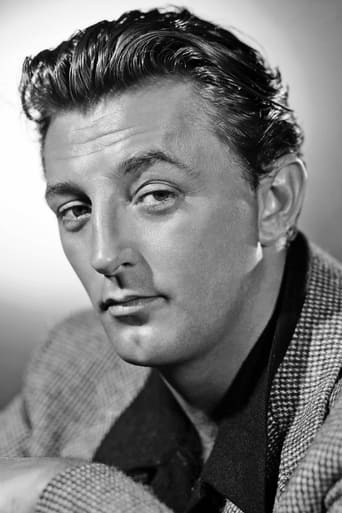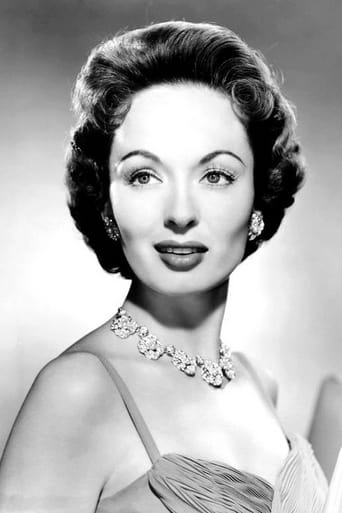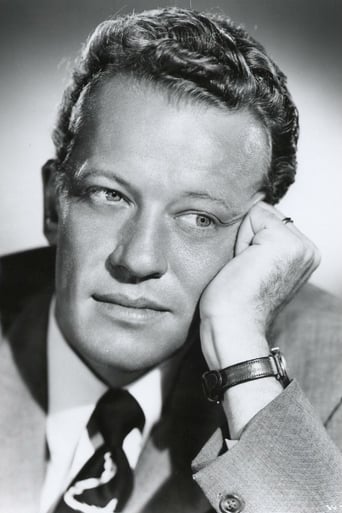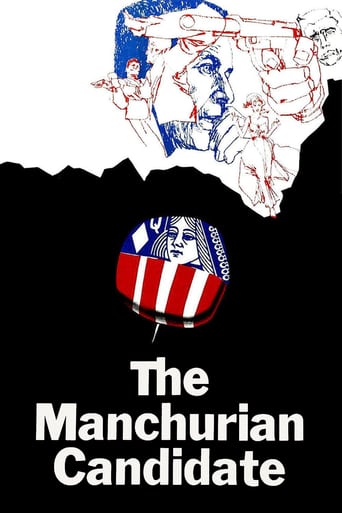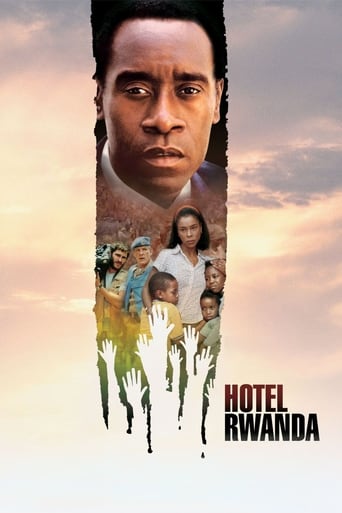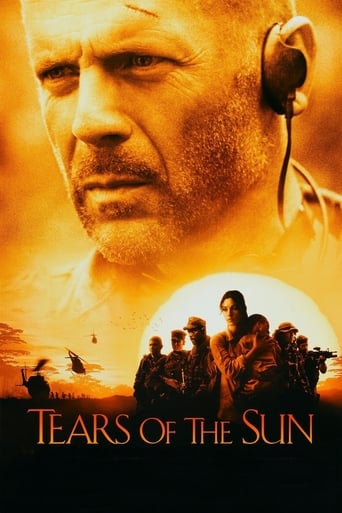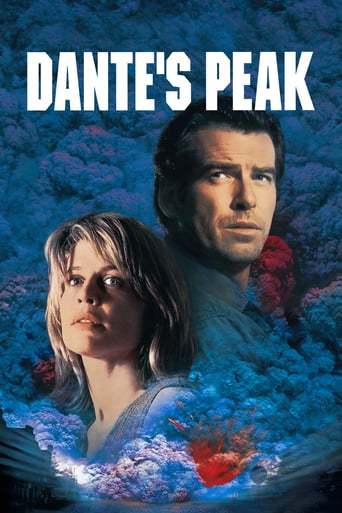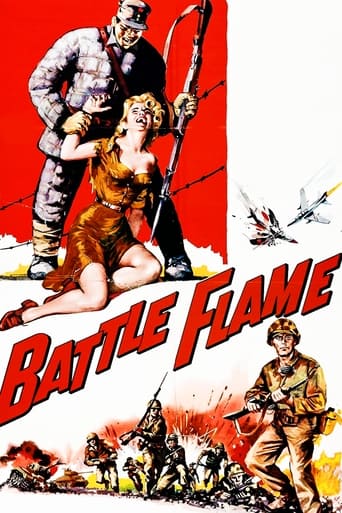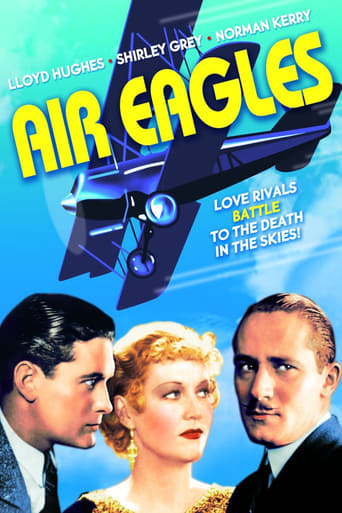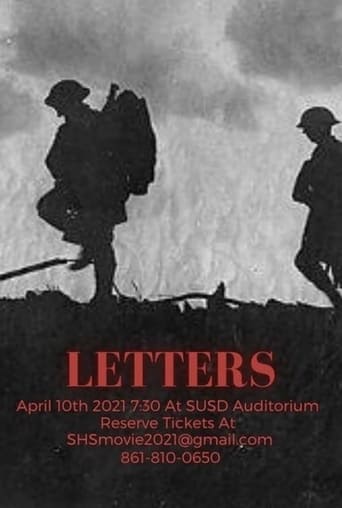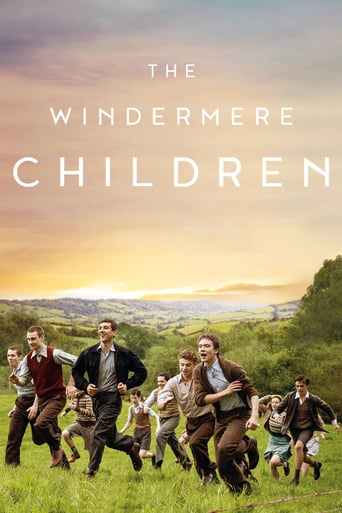
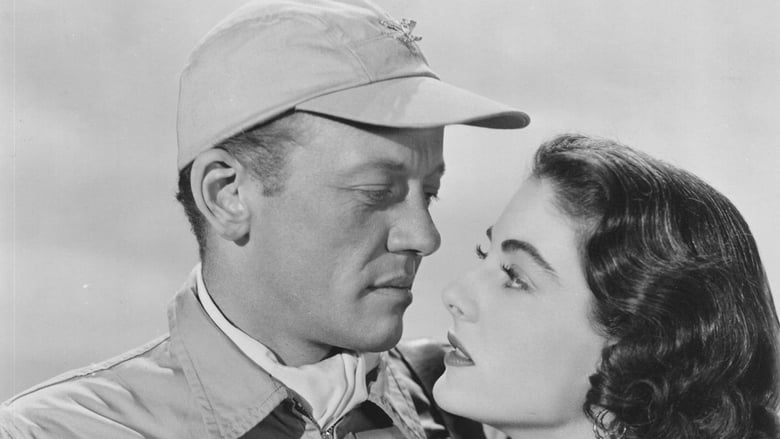
One Minute to Zero (1952)
An idealistic United Nations official learns the harrowing truth about war when she falls in love with an American officer charged with the evacuation of civilians. As hostilities escalate, the officer and his small detachment are left to hold the line until allied forces can be brought into action.
Watch Trailer
Cast


Similar titles
Reviews
ONE MINUTE TO ZERO is a typical American war movie with the then-contemporaneous Korean War serving as the theatre of battle in this instance. The film stars the ubiquitous Robert Mitchum as a hard-bitten combat veteran and colonel in the US army tasked with helping evacuate the local population while at the same time protecting them from advancing North Korean troops. There's not much in the way of a big story here as the war itself IS the story; however, as a realistic depiction of battle it works very well.This is a visual film with some highly memorable combat scenes in it. Realism is enhanced through the use of real-life wartime footage and the scenes of jets firing rockets are quite incredible and never bettered by Hollywood special effects even in this day and age. I loved the tank battles as well although the film's tense highlight involves the Commies hiding inside refugee columns and ready to burst out and massacre at a moment's notice. A duck is involved in one of the film's tragic highlights. Character actors like Richard Egan, Charles McGraw, and William Talman flesh out realistic supporting roles although Ann Blyth's love interest suffers from the era's usual sexist depiction of women and feels like an unnecessary addition to the story.
There are really good movies made about the Korean War that I would highly recommend such as, "Porkchop Hill", "Fixed Bayonets", "Retreat, Hell", "The Hunters", "Men In War" and the more recently Korean produced movie, "Brotherhood of War". If you can push past the distracting romance scenes in this movie it would be highly recommended if for the skillful way that actual battle scenes are integrated into the story line. Though some reviewers have dismissed this movie for its clichéd scenes, this movie was somewhat more realistic and graphic for its time. Leave it to Howard Hughes to leave no stone unturned while striving for authenticity in his movies.Our movie starts out from the view of two veteran senior KMAAG officers, Army Colonel Janowski (Robert Mitchem) and Air Force Colonel Parker (William Talman) in their attempts to train the South Korean military. These two probably thought that the worse they ever experienced in WWII was behind them until one Sunday morning in June 1950 when they are awakened to the dropping of bombs by the North Korean Air Force. Colonel Parker quips, "isn't this where we came in? Its even Sunday!" At first we see how the war progresses through their eyes, but then the movie transitions to the view point of American infantrymen desperately trying to stop the North Korean Army.This movie does a good job showing what the early days of the war was like depicting the haplessness of the poorly trained and unmotivated Americans hindered by the loss of their leaders and lack of air support. One soldier suggests "bugging out", but bristles when accused of cowardice. There are no heroics here, just a bunch of scared soldiers. Colonel Janowski arrives to provide leadership and organization after their commander is killed by mortar fire.Establishing contact with the Air Force, a series of air strikes is directed on the approaching enemy. Tanks are bombed and strafed by USAF F-80s in a scene that combined special effects with real film footage. Later, Royal Australian Air Force F-51s napalm North Korean soldiers on a hillside leaving them to die in a sea of fire. The North Koreans were skillful infiltrators and there is a realistic scene where they sneak in behind the frontlines to attack the valuable airstrip and command post until they are outgunned in a counter-attack led by a ring mounted .50 cal machine gun on a 2 1/2 truck.Soldiers die horrible deaths in this movie. North Korean soldiers die screaming in a sea of napalm while American soldiers are shot, strangled or bayonetted by North Korean infiltrators. In a graphic scene, a Hispanic soldier (Lalo Rios) foolishly attempts to take out a North Korean tank with only a hand grenade, and is killed by a flame thrower. The sergeant (Charles McGraw) calls him a fool, but Colonel Janowski corrects him by calling him a "magnificant fool". This is not Hollywood heroics. Things like this really happen in war. After a touching scene of leaving his family without saying goodbye, Colonel Parker is shot down while personally leading an aerial resupply mission and falls to his death when his parachute is set afire by AA fire. The scene reminds me of when I was a kid and used to wake up at 5:00 in the morning to see my dad in uniform preparing to leave for duty at the base.In another scene, an Air Force forward controller is seen taking photos of the devastation and is later killed by mortar fire with his camera shown lying next to his body. My dad who is a veteran of the early days of the Korean War warned me that that I have no business acting like a tourist if I ever went to war, that it would get me killed.In a memorable and controversial scene, the North Koreans attempt to use refugees to infiltrate the UN lines. A tactic of the enemy in any war is to generate waves of refugees that will require the use of critical resources to feed, house and care for them. That is what the communist forces in Korea did and there are breathtaking aerial scenes of miles of refugees clogging the roads. Colonel Janowski orders American artillerymen to fire on the refugee columns to turn them back. The US Army objected to this scene and threatened to withdraw support for this movie. But the military underestimated the political influence of Howard Hughes and the scene was left in the movie. As we know, these incidents actually happened, but unlike what some writers in the 1990s have asserted, these actions were not covered up. The first volume of the US Army's history of the Korean War published in 1962 devotes five pages discussing the problems of refugees and the various methods US commanders used to control them in the early days of the war to include shooting at them. Its amazing that someone actually received a Pulitzer Prize for doing a story on old news.Though filmed in the U.S. at Fort Carson, CO and at RKO's backlot studios using Korean War vets, the movie looks and feels like Korea of 1950, especially with the actual combat footage weaved into the various scenes. The equipment and uniforms for the North Koreans look authentic and their tactics in the movie are realistically portrayed.In an emotional scene, the movie ends with Anne Blythe's character praying for her soldier's safe return as the UN forces head north in pursuit of the defeated North Korean Army. My mother always liked the end because before she met and married my dad, she lived with the mother of a soldier who was MIA in Korea in 1950. She used to accompany her to church everyday where she prayed for the safe return of not only her son, but others who were serving in Korea. Anne Blythe's prayer reminds her of those dark days early in the war.
Unlike a great many films dealing with the Korean war ONE MINUTE TO ZERO does try to bring a sense of time and place to the proceedings . We see planes from Australia strafing North Korean troops while another scene scene shows British troops marching off to war behind a Scottish pipe band , and the most memorable sequence features North Korean infiltrators using refugees as human shields which did happen fairly often during that exceptionally cruel conflict. Compare this to most other films about the Korean war which could have been set in Asia or Europe during the second world war .It does have a few flaws , for example there`s some painfully obvious real life film footage used and some of the battle scenes , especially the sequence with a soldier being killed by a flame thrower , could have been more graphic but I suppose that`s down to what you could show on screen in 1952 so perhaps that`s not a valid criticism . What is however is the inclusion of a love story which drags the story down some what . Women won`t want to watch ONE MINUTE TO ZERO because of the large number of combat scenes while fans of war films ( Who I guess are exclusively male ) will find the love story intrusive . But it`s a lot better than PEARL HARBOR
Love and war are a favored show theme in a number of films... Love often brings people of completely different backgrounds together, as in Huston's "The African Queen," Hemingway's "A Farewell to Arms," Arthur Hill's "The Americanization of Emily," Douglas Sirk's "A Time to Love and a Time to Die." Also Anatole Litvak's "Act of Love" explores the relationship between an embittered GI (Kirk Douglas), and a lonely, helpless French girl (Dany Robin) fearful of becoming an outright tramp..."One Minute to Zero" uses love to make the Korean War acceptable... Ann Blyth is a nurse who has already lost a lover to the war... She is deeply hurt and cannot bear the though of falling in love with a soldier... However, she does, with a fighter pilot played by Robert Mitchum... In the end she becomes convinced that he is doing the right thing...One interesting point about the film is the scene where Mitchum (evacuating American civilians) strafes a column of refugees because it was feared that some guerrillas had infiltrated among them...


